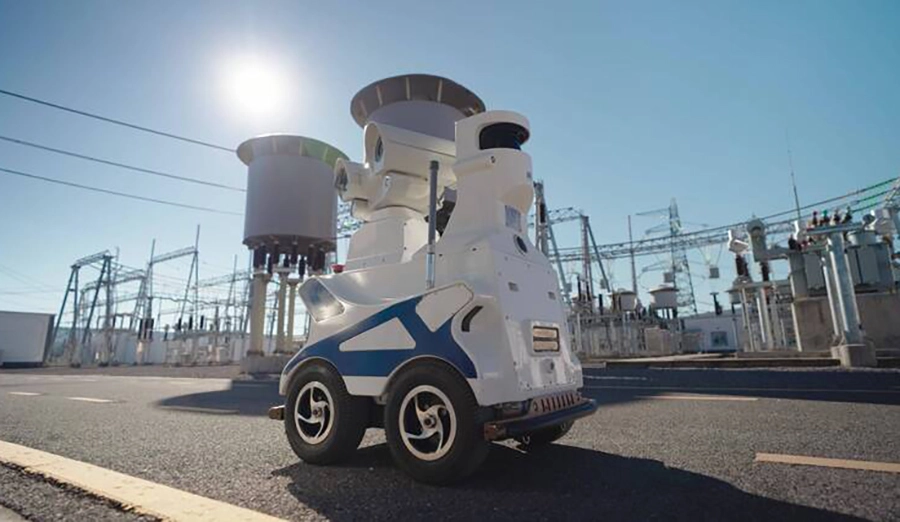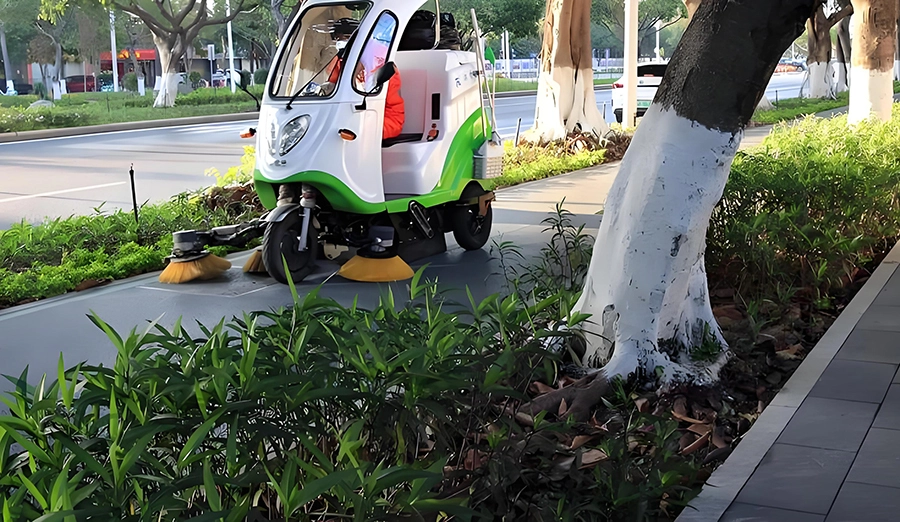
WIRELESS CHARGING IN THE NEWS
The use of wireless charging technology for swimming pool cleaning robots is causing technological innovation in the industry. Compared with traditional wired charging, its advantages are reflected in the three dimensions of equipment reliability, ease of use, and maintenance cost, and it is deeply in line with the development direction of intelligent swimming pool equipment.
1. Improve equipment safety and durability (core advantage)
1. Eliminate contact corrosion risk
The traditional metal charging contact oxidized in the high chlorine environment of the pool for an average of 3 months, resulting in an increase in contact resistance of 30%50%, resulting in a decrease in charging efficiency and even a short circuit. Wireless charging transmits energy through electromagnetic induction or magnetic resonance principle, without physical contact point design, so that the equipment can achieve zero corrosion hazards under IPX8 waterproof class. Experimental data show that the model using the Qi wireless standard has extended the life of the charging module from the traditional 2 years to more than 5 years.
2. Reduce the probability of leakage accidents
Wired charging can cause leakage in the event of heavy rain or accidental equipment damage, while wireless charging systems reduce the risk of leakage to 0.003 times/thousand units · year through dual insulation design (coil spacing ≥5mm) and intelligent power off protection (current fluctuation of more than 10% is cut off). California pool accident statistics in 2023 show that the number of safety complaints for wireless charging models is only 1/15 of that for wired models.
Second, optimize user experience and degree of automation
1. Automatic recharge to achieve unattended
Combined with SLAM navigation and wireless charging pile positioning, the robot can independently plan the optimal recharge path. For example, Maytronics Dolphin E30 realizes the positioning accuracy of ±3cm within the diameter of 2 meters through the gyroscope error compensation algorithm, and the homing success rate is as high as 99.7%. Users do not need to manually connect to the charging port, saving about 15 hours of operation time per year.
2. Multi-device collaborative charging management
In the commercial scenario, the wireless charging pile can serve 46 robots at the same time and distribute power according to priority through frequency division multiplexing technology (FDM). A resort in Las Vegas has tested that after adopting a multi-machine wireless charging system, the cleaning efficiency of a large pool is increased by 40% and the daily energy consumption is reduced by 22%.
3. Reduce long-term maintenance costs
1. Reduce parts replacement costs
The traditional charging contact needs to be replaced every 18 months (the cost is about 300,800 yuan), and the wireless charging module is basically maintenance-free. Taking Aiper Scuba S1 as an example, the 10-year maintenance cost of its wireless system is only 1/6 of that of a wired model, saving more than $5,000 over its life cycle.
2. Extend battery life
Wireless charging is equipped with an intelligent power management chip, which can dynamically adjust the charging curve according to the battery status. Experiments show that under the same use intensity, the number of cycles of wireless charging lithium batteries can reach 1200 times (wired charging is 800 times), and the battery decay rate is reduced by 35%. This means that the user can delay the replacement of the battery for 23 years, and the cost of a single replacement is about 1,500 yuan.
Fourth, promote product design innovation
1. Release structural design space
After the charging interface is removed, the device shell can adopt a fully enclosed streamlined design, and the waterproof performance is improved to IPX9K class (withstand the impact of 80℃ high temperature water gun). XTaylor's latest concept will reduce the size by 23% and increase the filtration capacity by 30% by freeing up space.
2. Support modular energy systems
Wireless charging creates the possibility of distributed power supply, such as embedding multiple receiving coils in the robot chassis and matching the emission matrix laid at the bottom of the pool to achieve "charging while working." The test model from Israeli company Innoviz works continuously in a standard pool for 72 hours, with the energy gap dynamically replenished by mobile charging.
5. Environmental adaptability and scene expansion
1. Complex terrain compatibility
After wireless charging gets rid of the cable bondage, the robot can go deep into the area that is difficult to cover by traditional wired equipment, such as step corners and embedded light slots. Underwater tests show that the failure rate of wireless models in deep water (≥3 meters) is 68% lower than that of wired models.
2. Seamless switchover between multiple scenarios
The same wireless charging pile can be adapted to different brands of devices, and the voltage requirements are automatically identified through the NFC protocol. A Miami pool maintenance company uses universal wireless piles to power cleaning robots, underwater cameras and pH detectors, increasing equipment management efficiency by 55%.
Technical and economic verification
The current cost of wireless charging modules has dropped to $80 ($150 in 2020), and it is expected to be further compressed to $50 after mass production. According to Lux Research, the market penetration rate of pool robots equipped with wireless charging will reach 45% by 2027, saving global users more than $320 million in maintenance costs per year. Under the triple drive of safety, convenience and sustainability, wireless charging is becoming the core technology path for upgrading pool cleaning equipment.







